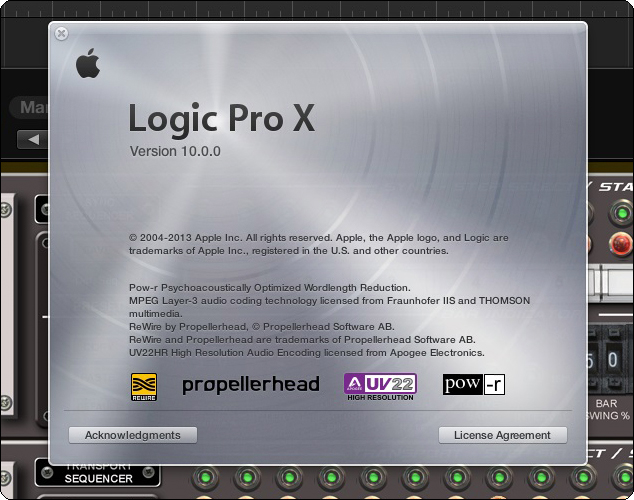
As you can read at, Ableton Live running on OS X with a simple USB MIDI interface can generate a clock signal that’s over 3 times less jittery than what comes out of an Analog Four or a RYTM. If we’re talking about MIDI clock, it turns out that computers actually output a more stable clock signal over regular MIDI interfaces than most hardware devices. This way, they can continue to offer a higher resolution than 24 ppqn and continue to offer features such as swing even when they are synced to an external clock signal.Īnother advantage of deriving the tempo by averaging the incoming clock signal is that jitter is much less a concern than it is with direct sync.Ĭomputers are often better than hardware (really) Modern or more complex devices derive a tempo by averaging incoming MIDI clock signal and use that BPM value to set their internal clock source when syncing to an external clock signal. Subsequently, these devices can’t have a resolution of more than 24 ppqn and any internal swing will be disabled when they are synced to an external clock signal.

When syncing to an external clock signal, older or simpler devices forward their internal sequencer a single step every time they receive a MIDI clock message. You can only try to reduce them to a level where they’re no longer an issue for what you’re trying to do, or you can find a way to deal with them.Īnother thing that confuses a lot of people when they’re talking about MIDI clock sync is the different between devices that use the clock signal directly, and devices that derive their tempo from the clock signal.

Jitter is the variation in the time between subsequent clock signals, latency is the delay between when a signal goes in and when a signal comes out.īoth jitter and latency are inherent in any digital system and can’t be prevented completely. It’s also important to understand the difference between jitter and latency. I really look forward to hearing your suggestions and experiences.Īs with most things, it really helps to first decide what setup you want and then find a solution for any issues specific to that setup. Is this just how it is when you replace VSTs with hardware boxes? I’ve logged a support request but getting in touch with these guys had proven to be a real headache so far.
INNERCLOCK SYSTEMS SYNC GEN OR MULTICLOCK MAC
What’s the best way to do this? USB the A4 to the Mac and use acrobat the clock source then midi out to the MD?Īmongst all this is the Behringer device which seems to under perform. I would have to pull things around inside the audio clips which I found annoying and also messed up the “groove” I had create through the placement of midi inside the Ableton clips previously. This was great for the two Elektron machines to sync perfectly but when recording in the audio was out against the rest of the Ableton stuff, which was an issue when I had other percussion etc in Ableton. This was connected to the FCA1616 and the midi out from the FCA1616 then onto the Analog Four. Prior to this, I used the Machinedrum as the master clock it occurred to me that is was probably the most reliable source as it didn’t have to carry any other processing. Then there’s the introduced latency getting the audio back into my Macbook and Live. The midi through from the Machinedrum good to the A4. Although this wanders a bit over the course of a session. This requires some fiddling with the midi Prefs and audio Prefs to get the Machinedrum on the beat. This is linked to the Machinedrum through the FCA1616 and triggers the drum machine from a drum rack in Live. However, I find syncing everything right to be a bit hit and miss.Ĭurrently I have Live as the midi clock master.

Connected to this an Elektron Machinedrum, Analog Four and an Analog Heat.

A Behringer Firepower FCA1616 audio interface. I have a 2012 Macbook Pro, latest is, running Live 9. I seem recently to be going round in, hopefully, ever decreasing circles, trying to get my setup to play nicely with each other.


 0 kommentar(er)
0 kommentar(er)
